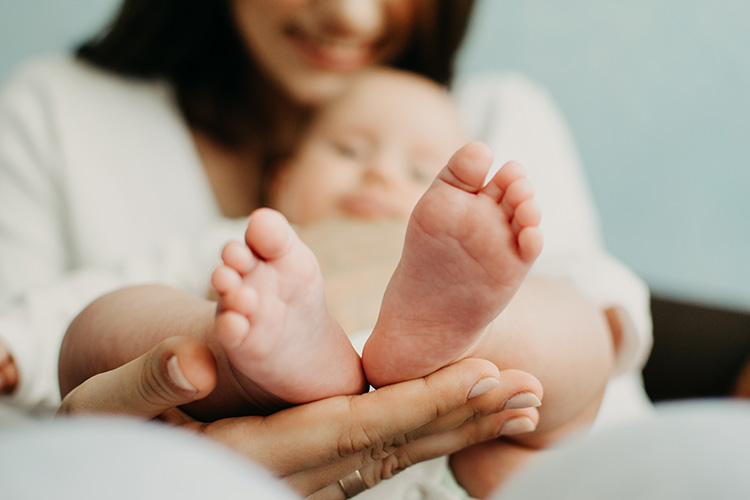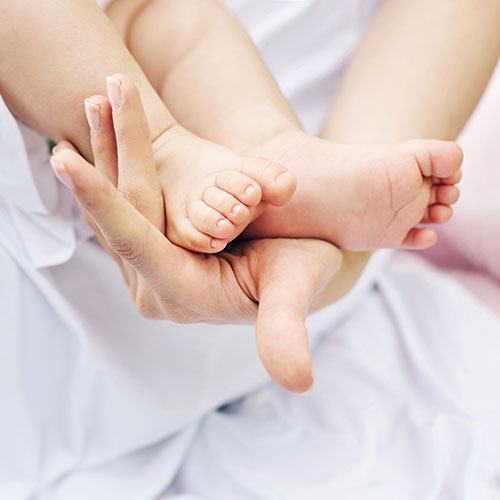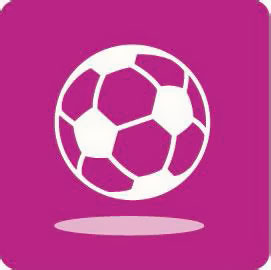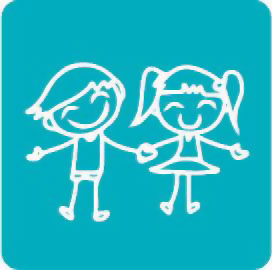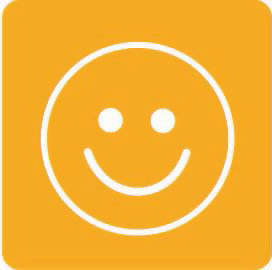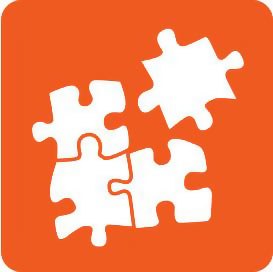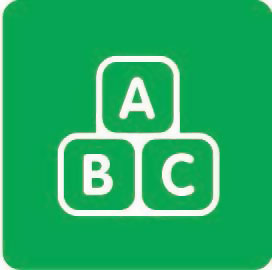From the day your baby is born their brain is growing and developing. They learn by connecting with people so it’s important for parents and carers to provide them with as many learning opportunities as possible to encourage their development.
How can you encourage your baby’s learning?
- Display delight, encouragement and enthusiasm for their achievements
- Make and play with sounds together
- Get into a routine – eat, sleep, play, repeat
- Make positive eye contact as often as possible
- Talk and sing to them
- Play simple games e.g. peek-a-boo
- Smile back when he or she smiles at you
Physical
- moves whole body
- squirms, waves arms, moves legs up and down
- the emergence of eating and sleeping patterns
- responds to being placed on a flat surface
- reacts to sudden loud noises
- head turns to side when cheek touched
- sucking motions with mouth (seeking nipple)
- responds to gentle touching, cuddling, rocking
- shuts eyes tight in bright sunlight
- able to lift head and chest when laying on stomach
- begins to roll from side to side
- starts reaching to swipe at dangling objects
- able to grasp object that is put into hands
Social
- smiles and laughs
- makes eye contact when held about 20cm from face of adult looking at them
- may sleep most of the time
- alert and preoccupied with faces
- moves head to sound of voices
.
Emotional
- bonding
- cries (peaks at about six to eight weeks and levels off at about 12-14 weeks)
- cries when hungry or uncomfortable and usually stops when held
- shows excitement as parent prepares for feeding
Cognitive
- smiles and laughs
- looks toward direction of sound
- eyes track slow moving targets for brief periods e.g. follows your finger
- looks at edges, patterns with light/dark contrast and faces
- mimics adult tongue movements when being held and talked to
- learns through sensory experiences
- repeats actions but unaware of ability to cause actions
Language
- cries
- when content makes small throaty noises e.g. coos and gurgles (makes ‘goo’ and ‘gah’ sounds)
- soothed by sound of voice or by low rhythmic sounds
- mimics adult tongue movements when being held and talked to
- may start to copy sounds
- expresses needs i.e. by making sounds or actions
Please seek advice from your local community health worker or doctor if your baby is:
- floppy or stiff
- crying a lot
- arching his/her back
- not responding to sounds
- not showing interest or responding when played with
- not feeding as expected
- not starting to make sounds
- not responding to familiar faces
